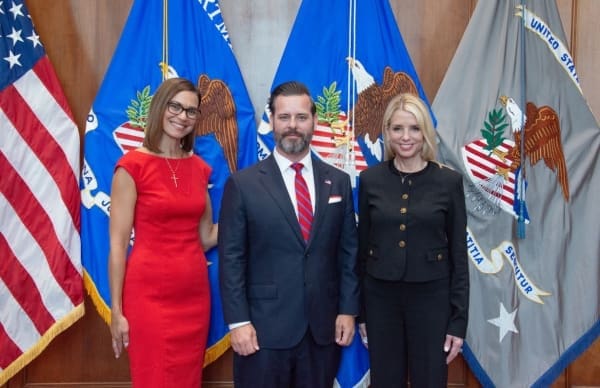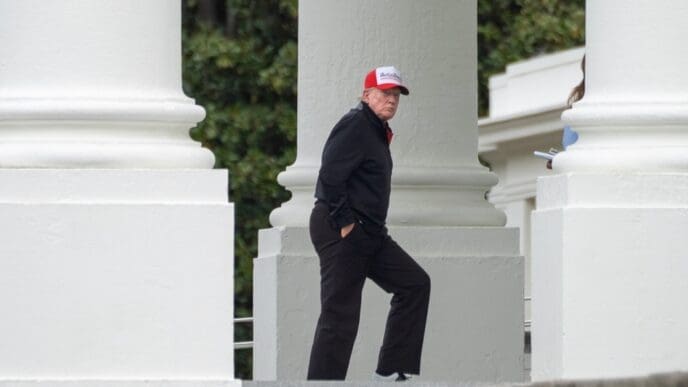The name Fort Benning is being restored to the renowned training post in Georgia, with the change honoring an 18-year-old corporal who participated in World War I, rather than a Confederate general. A ceremonial event to formalize the name change was planned for Wednesday at the base near Columbus. Fort Benning hosts approximately 70,000 soldiers, civilian employees, and military family members, serving as a training ground for infantry troops and tank crews, and housing the prestigious Army Ranger School.
This marks the second instance in less than two years where Fort Benning’s commanders have been directed to replace the post’s name on various signage, stationery, and online platforms. Previously, in 2023, the post was renamed Fort Moore following a Congressional initiative started in 2020, during President Joe Biden’s tenure, aimed at removing Confederate leaders’ names from nine Army posts. Originally called Camp Benning when established in 1918, the base was named after Henry L. Benning, a former Georgia Supreme Court justice who supported secession and served as a Confederate brigadier general during the Civil War. Current federal law prohibits using Confederate names for military bases.
The Pentagon, under President Donald Trump, has devised a method to revert base names by honoring different soldiers with the same surname. Defense Secretary Pete Hegseth recently ordered the reinstatement of the name Fort Benning, in tribute to Fred Benning, who received the Distinguished Service Cross for bravery as an 18-year-old corporal in 1918. After his military service, Fred Benning returned to Nebraska, founding a bakery and serving as mayor of Neligh until his death in 1974.
During its brief period as Fort Moore, the Georgia post was uniquely named in honor of a couple, the late Lt. Gen. Hal Moore and his wife, Julia Moore. Hal Moore, a Distinguished Service Cross recipient, commanded a cavalry battalion at Fort Benning during the Vietnam War. Julia Moore was instrumental in persuading the Pentagon to notify military families of wartime casualties in person rather than by telegram. In a memo dated March 3, Hegseth instructed the Army to find a new way to honor the Moores for their substantial contributions to the local community and the Army.
The financial implications of reverting to Fort Benning have not been disclosed by the Army. However, an Army commission in 2022 estimated the previous change to Fort Moore would cost at least $4.9 million. Fort Benning is not alone in reversing its 2023 name change; North Carolina’s largest Army installation recently returned to its former name, Fort Bragg, after briefly being known as Fort Liberty for two years.
The Bottom Line
The decision to restore the name Fort Benning reflects a broader initiative to reconcile historical awareness with contemporary values. For the local community and those connected to Fort Benning, this change symbolizes a return to tradition while also acknowledging the valor of World War I veteran Fred Benning. The move may enhance local pride and foster a deeper connection between the base and its historical roots. However, the associated costs and efforts of renaming might influence budget allocations and operational decisions within the military.
For military personnel and their families stationed at Fort Benning, the name change could impact various aspects of daily life, from administrative processes to community engagement. It underscores the military’s commitment to aligning its values with national sentiment, potentially influencing how military heritage is perceived and celebrated. This shift may serve as a precedent for future decisions regarding the commemoration of military history and the figures it chooses to honor.












